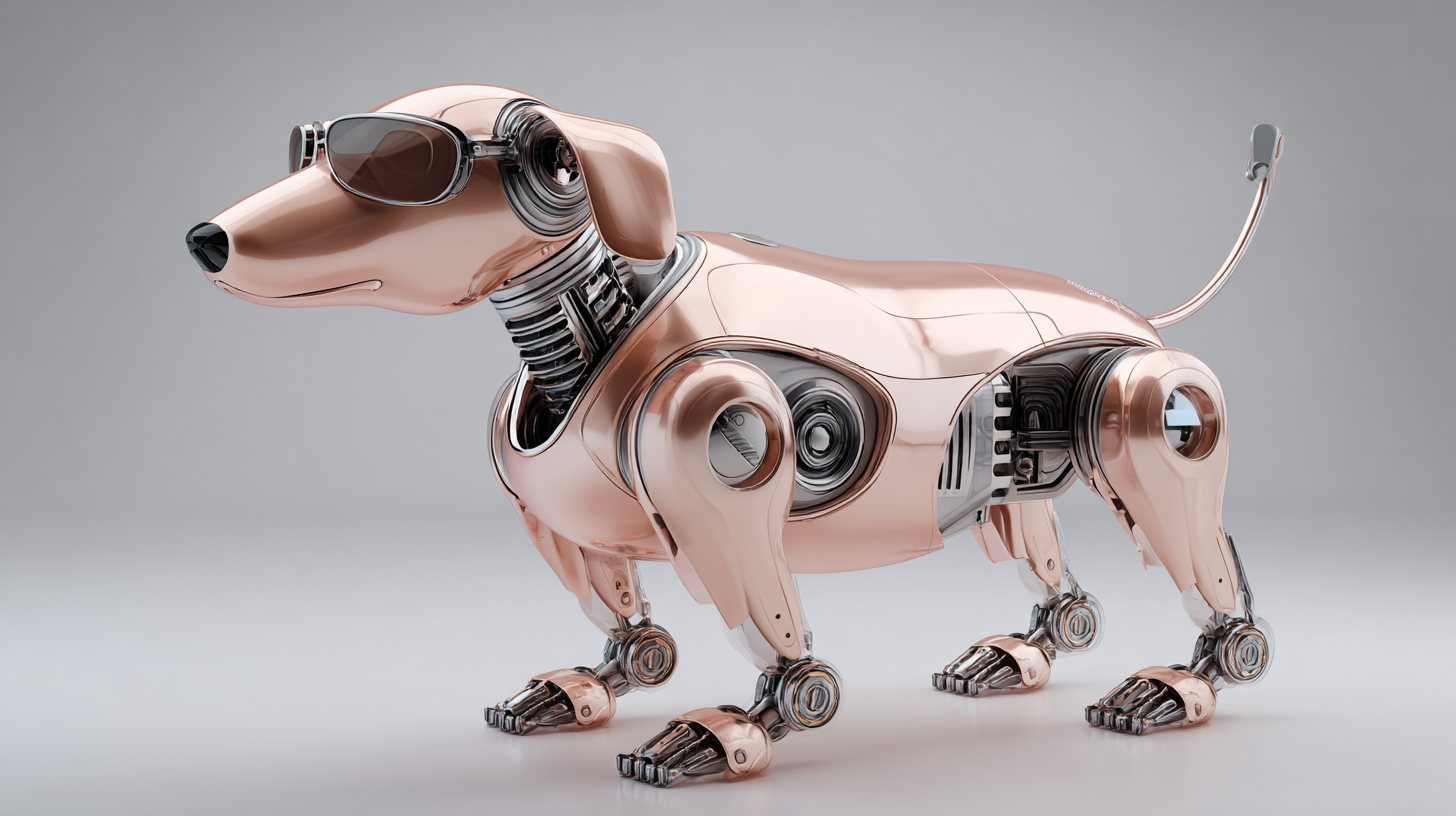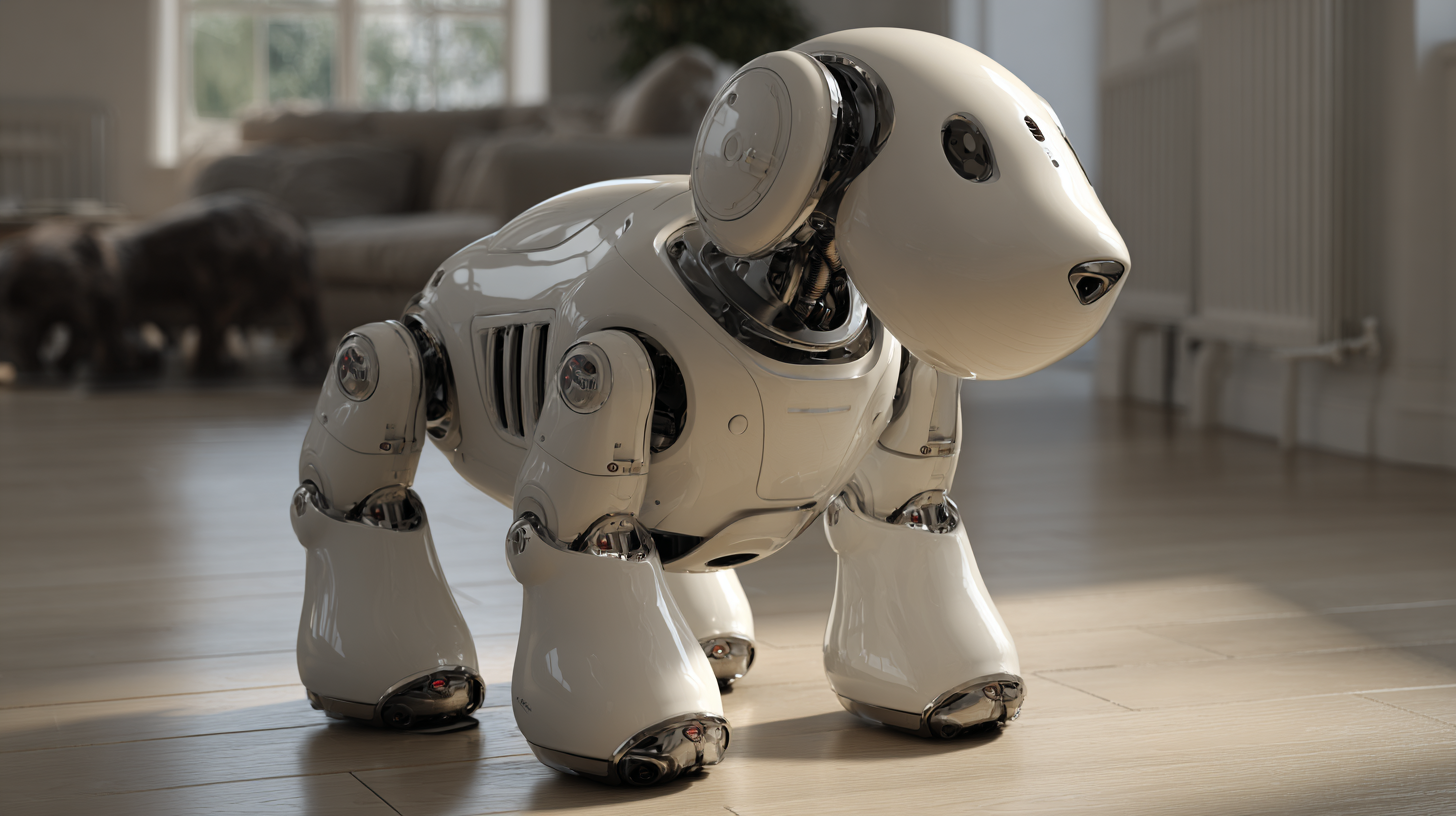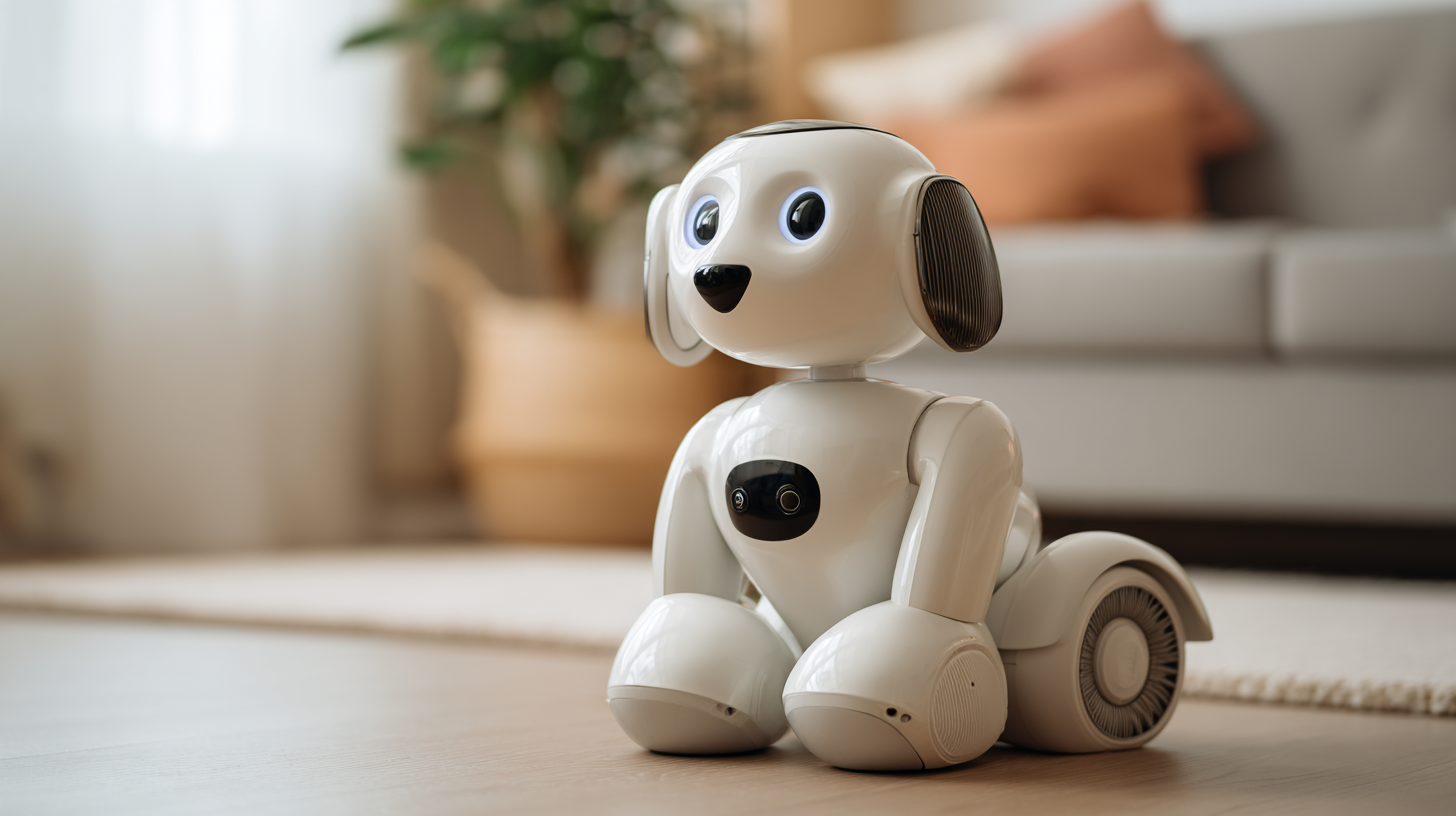As the demand for innovative home security solutions continues to grow, the emergence of advanced technology such as "robot dogs for home security" has captured significant attention. According to a recent report by MarketsandMarkets, the global home security market is projected to reach USD 81.47 billion by 2025, with a compound annual growth rate (CAGR) of 8.4%. This surge is driven by rising concerns over property safety and the need for automated surveillance systems.

However, as homeowners consider investing in these cutting-edge devices, it is crucial to ensure that their chosen robot dog meets international import and export certifications. Compliance with these regulations not only guarantees quality and safety standards but also fosters confidence in the technology as a reliable component of modern home security systems. In this tutorial, we will explore the vital steps to validate your robot dog for home security, ensuring it meets necessary certifications and effectively safeguards your home.
When it comes to enhancing home security, robot dogs have emerged as a remarkable innovation. There are various types of robot dogs available in the market, each designed to cater to unique security needs. For instance, some models focus on surveillance capabilities, equipped with high-definition cameras and advanced motion detection systems. According to a 2022 report by Market Research Future, the global robotics security market is estimated to grow at a compound annual growth rate (CAGR) of 21.5% over the next five years, showcasing the rising reliance on robotic solutions for home safety.

In addition to surveillance models, other options include robotic dogs designed for patrol duties. These can navigate predefined paths, utilize real-time video streaming, and even integrate with smart home systems for seamless operation. As highlighted in a 2023 survey by TechNavio, 34% of homeowners expressed a preference for robotic security systems over traditional methods due to their enhanced responsiveness and automated functionalities. Ultimately, understanding the different types of robot dogs allows homeowners to select the right fit for their security needs, ensuring they invest wisely in technology that can significantly bolster their safety measures.
When selecting a robot dog for home security, it's essential to focus on specific key features that enhance safety and efficiency. First, consider the robot's surveillance capabilities. Look for models equipped with high-definition cameras capable of 360-degree views. This feature ensures comprehensive monitoring of your property, alerting you to any unusual activities in real-time.

Another critical aspect is the robot dog's communication abilities. A model that can send instant alerts to your smartphone or designated monitoring service is invaluable. This ensures that you can respond quickly to potential threats, whether you’re at home or away. Additionally, the inclusion of facial recognition technology can help differentiate between family members, friends, and intruders, further enhancing security.
Tips: Always check for import and export certifications to ensure the robot dog complies with safety standards and regulations in your region. Moreover, assess the battery life and charging efficiency, as a dependable robot dog should have the capability to cover extended periods without frequent recharges. Lastly, prioritize models that offer integration with existing smart home systems for a seamless security experience.
When considering the purchase of a robot dog for home security, navigating the maze of import and export certifications is crucial. Different countries have distinct regulations regarding the importation of robotic devices, primarily focused on safety standards, emissions, and technological compliance. Before making your purchase, ensure that the robot dog meets the required certifications in your country—this often includes CE, UL, or FCC marks, depending on your region. These certifications signify that the device has undergone testing and meets established safety and quality standards, preventing potential legal issues and ensuring reliability.
Equally important is understanding the export constraints if you plan to move or travel with your robot dog. Certain nations have restrictions on high-tech imports due to security concerns, making it vital to check the export regulations specific to your destination. Researching compliance with international data protection standards is also important, especially if the robot dog is equipped with monitoring capabilities. Doing your due diligence ensures that your investment not only enhances your home security but also adheres to legal standards, allowing for peace of mind as you integrate this advanced technology into your daily life.
When selecting a robot dog for home security, understanding certification requirements is crucial. Different regions have varying standards when it comes to safety, electromagnetic compatibility, and energy efficiency. Before making your purchase, research the import and export certifications relevant to your locality. Checking for compliance with certifications like CE, FCC, or RoHS can ensure that the robot dog not only meets quality standards but is also safe for use in your home.
Moreover, it's essential to consider the specific functionalities that different robot dogs offer to meet practical home security needs. Look for robots equipped with advanced features such as motion detection, real-time surveillance, and remote control capabilities. Verify that these features comply with the necessary certifications, ensuring that they function effectively and safely. By focusing on both the certifications and the capabilities of the robot dog, you can choose a device that enhances your home security while adhering to regulatory standards.
When selecting a robot dog for home security, it’s crucial to focus on specific features that cater to your security needs. First, consider the intelligence and responsiveness of the robot. Look for models equipped with advanced surveillance capabilities, such as HD cameras, night vision, and motion detection technology. These features not only enhance monitoring but also allow for immediate alerts and actions when suspicious activity is detected. Ensure the robot dog can adapt its behavior in real-time to respond effectively to potential threats.
Another vital aspect to consider is the durability and the environment in which the robot dog will operate. Make sure it is designed to withstand different weather conditions and can navigate various terrains around your property. Additionally, check for user-friendly interfaces that allow easy customization of security settings and alerts. Compatibility with smart home systems can further enhance functionality, providing seamless integration into your existing security infrastructure. By prioritizing these features, you can ensure your robot dog not only meets your home security standards but also operates efficiently and effectively in safeguarding your home.
